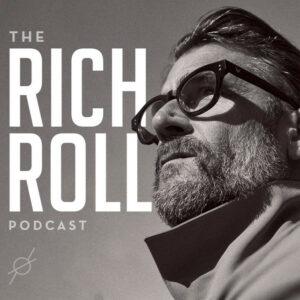
In this episode of “The Prof G Pod with Scott Galloway,” Scott Galloway and his guest, Marcus Collins, discuss the power of culture in shaping our behaviors, consumption patterns, and identities. Marcus Collins, head of strategy at Weiden+Kennedy New York and a highly rated professor, shares insights from his book, “For the Culture: The Power Behind What We Buy, What We Do, and Who We Want to Be.” They explore the impact of technology, social media, and advertising on culture and how businesses can leverage cultural characteristics to drive growth.
Marcus Collins emphasizes that culture is a fundamental system that shapes our behaviors, consumption patterns, and social affiliations. It encompasses identity, beliefs, behaviors, language, and cultural products. While culture evolves slowly over time, external shocks and technological advancements can accelerate changes in American culture. Social media has played a significant role in transforming our sense of identity and democratizing cultural production and consumption. However, it has also led to the spread of misinformation and the formation of hate-filled clusters. Humans are social animals, and we naturally seek out people who are like us to create new identities and tribes.
Cultural characteristics act as a cheat code and a powerful weapon in the marketplace. Brands, politicians, activists, clergy, managers, and leaders who better understand these characteristics can leverage them to influence behavior and gain a competitive edge. Powerful brands serve as identity markers and receipts of identity, offering both utilitarian and social value. Companies that build brands that encapsulate cultural characteristics create great opportunities for growth.
Traditional advertising has lost some of its relevance due to technological disruption. The industry needs to move beyond art and copy and focus on designing for behavioral adoption to add value to the value chain. Understanding the underlying physics that govern human behavior can inform effective communication strategies across all media surfaces. The advertising industry must adapt to the changing landscape and embrace new technologies and approaches to remain impactful.
Marcus Collins’ insights highlight the significant role that culture plays in shaping our behaviors, consumption patterns, and identities. Understanding cultural characteristics can provide businesses with a competitive advantage and drive growth. However, the advertising industry must adapt to technological disruptions and focus on designing for behavioral adoption to remain relevant. By embracing the changing landscape and leveraging cultural understanding, businesses can effectively engage with their target audiences and drive success.